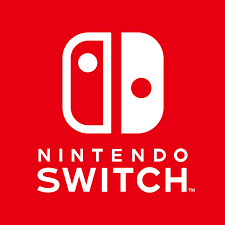The Nintendo Switch 2 is generating considerable buzz in the gaming community, especially with its impending launch on June 5, 2025. While many expected the device to offer a universally improved visual experience across both handheld and docked modes, recent revelations indicate a more nuanced approach, particularly concerning Variable Refresh Rate (VRR) technology.
VRR is a display technology that synchronizes a display's refresh rate with the frame rate output of a game. This synchronization eliminates screen tearing and reduces stuttering, resulting in a smoother and more visually pleasing gaming experience. It's a feature already present in other consoles like Xbox and PlayStation, enhancing visual fidelity, so its inclusion in the Switch 2 was highly anticipated.
Initially, Nintendo's official website suggested that the Switch 2 would support VRR in both docked and handheld modes. However, this information was later removed, leading to speculation and uncertainty. Nintendo has now confirmed that the Switch 2 will only support VRR in handheld mode. This means that when playing the Switch 2 on its built-in screen, gamers can expect smoother visuals in games that experience fluctuating frame rates.
This decision raises questions about the visual experience when the Switch 2 is docked and connected to a TV. Without VRR, players may encounter screen tearing or stuttering if a game's frame rate isn't consistently matching the TV's refresh rate. While the Switch 2 does support 4K resolution and HDR in docked mode for compatible TVs, the absence of VRR might be a noticeable omission for some users, especially those accustomed to gaming on platforms that offer this feature.
The reasoning behind this limitation is not explicitly clear. Digital Foundry suggests that the dock's DisplayPort to HDMI converter might not support standard HDMI VRR. It's possible that technical limitations or cost considerations influenced Nintendo's decision. There is hope that Nintendo might introduce VRR support for docked mode in a future system update. However, when questioned about this possibility, Nintendo stated that they have "nothing to announce on this topic."
Despite the lack of docked VRR support, the Nintendo Switch 2 boasts other impressive features. It sports a 7.9-inch LCD screen with a 1080p resolution and a 120Hz refresh rate in handheld mode. It includes a custom Nvidia Tegra T239 processor, 12 GB of LPDDR5X memory, and 256 GB of internal storage. The console also supports HDR10, Wi-Fi 6, and Bluetooth connectivity.
The focus on handheld VRR support could be interpreted as a strategic choice by Nintendo, with the handheld experience being prioritized. The mobility and flexibility of the Switch have always been central to its appeal, and perhaps Nintendo is doubling down on this aspect with the Switch 2. By ensuring a smooth and visually appealing experience in handheld mode, Nintendo might be aiming to provide the best possible gaming on the go.















